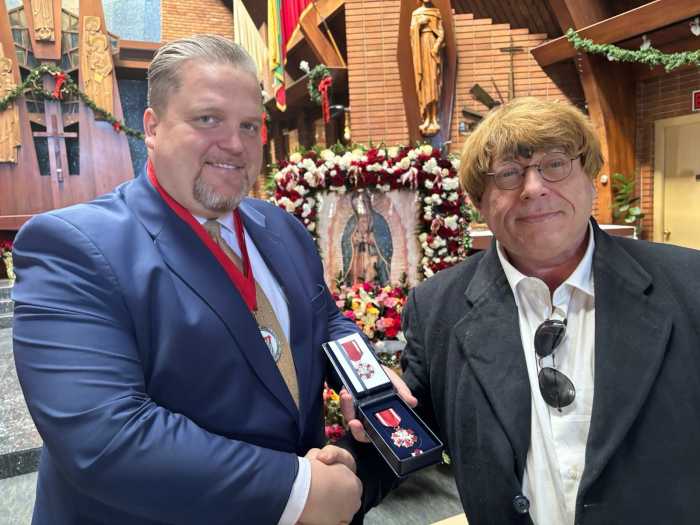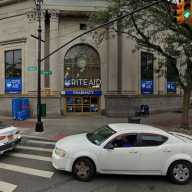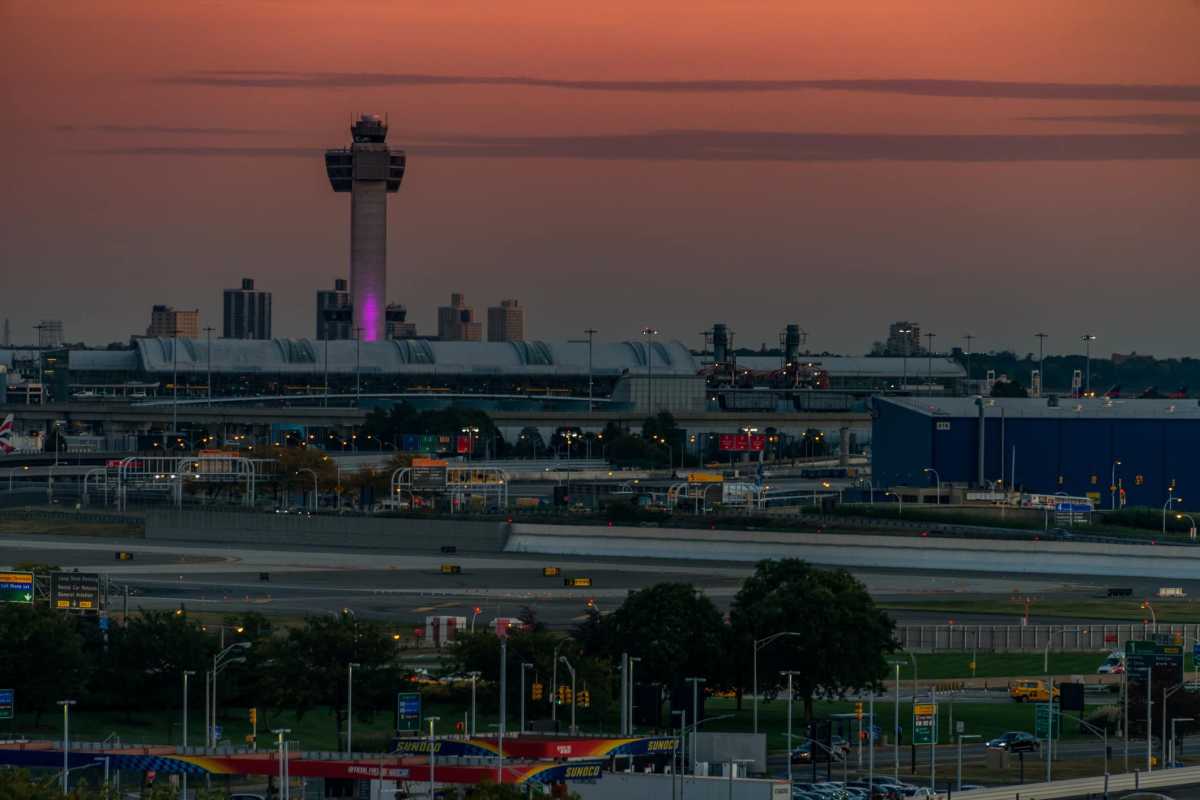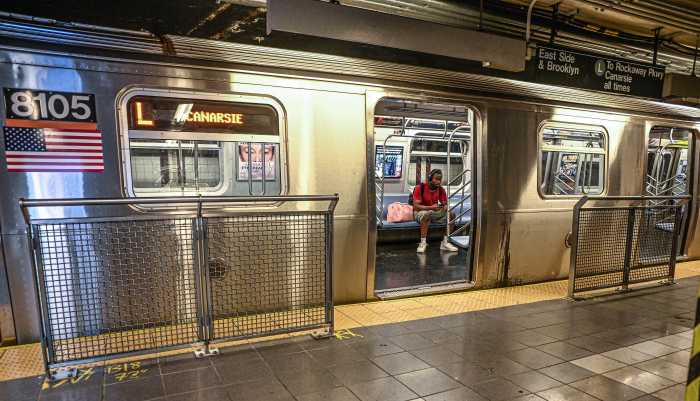By Joan Brown Wettingfeld
Most of us do not realize that Queens County, which was created Nov. 1, 1689 and was one of the 10 original counties of New York, was at its inception three times its present size and included Nassau and extended as far as Suffolk. It was not until Jan. 1, 1898 that Queens, consisting of 118 square miles of land area, became one of the five boroughs of New York City.
The history of Queens in its beginnings provides an interesting view of sports in colonial days, especially that of horse racing. After the surrender of the Dutch under Peter Stuyvesant, whose rule was replaced by the English as a share of the spoils of war, Richard Nicholls became the governor of New York.
Under his aegis, the first formal measured race course in North America was established in the county of Queens at Hempstead Plains near present-day Garden City. Long Island, in its old county of Queens (before 1898), became the cradle of American horse racing.
The Dutch had not been interested in the sport, concentrating as they did on trade and commerce, but the English, especially the military, were extremely fond of horse racing and took an early interest in it. The English had settled on Long Island by that time.
The first course for the sport of horse racing was sponsored by Nicholls, so he is considered the originator of racing in America. The Newmarket Course in Hempstead (then in Queens County) was his project, and it was he who presented the first known trophy for the winner in a horse race in the colonies.
Nicholls was not the best of colonial governors, but in this case his aim had merit. He wished to better the skill of breeding horses, an undertaking that had been sorely neglected in the various colonial upheavals and invasions by the Dutch and the British in the earlier years.
Several courses were provided and used mainly by British officers. Racing interested them and they owned the best racing stock.
After the Revolutionary War, racing declined for a time as racing stock diminished and horses were lost in action. It took time for the prize breeds to return.
In the early 19th century, horse breeding became of interest again and American racing, with a definite character of its own, was revived. Long Island, within the old county of Queens, became the site of several race courses.
A number of courses were established in the early 1800s. These include the Union Course, the Fashion, the Centerville Course near what is now Corona and the National Course near present-day LaGuardia Airport and Newtown.
The Union Course (1821) was the most important venue at the time and featured dirt racing, which eventually became the standard. Women would come to the course in carriages while men rode horseback. As there were no grandstands, guests viewed the races from their conveyances.
In 1823 a celebrated North-South match race was held at the Union Course in Queens. It was won by a horse named Eclipse, a progeny of the famed American Father of Racehorses, Messenger.
As demands for more comfort were made, the racing milieu changed and more sumptuous grandstands were built, professional managers entered the scene and betting practices evolved.
After the Civil War, racing was still underway at Aqueduct, a sole survivor. Racetracks were encouraged in several venues such as Gravesend, Brighton and Sheepshead Bay, but none survived after the 1910-1913 anti-betting rule forced closures.
It was two centuries from the advent of horse racing in America to the day racing returned to Belmont Race Track’s opening day, causing the largest traffic jam in Long Island history.
Today the Belmont track — straddling as it does the old and the new county lines of Queens and Nassau — makes the story of American horse racing endure 200 years after it began on the Hempstead Plains, in the “old” Queens County.
Joan Brown Wettingfeld is a historian and free-lance writer and can be reached at JBBAY@aol.com.



































